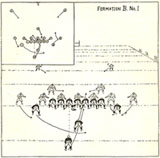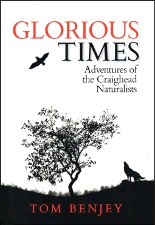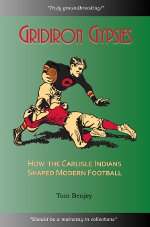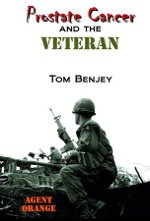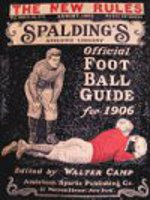While researching the life of Wallace Denny for “Wisconsin’s Carlisle Indian School Immortals,” I became curious of whether trainers can be inducted into the College Football Hall of Fame. The short answer is yes but not through the same process as coaches and players. A trainer can be nominated for the Outstanding Contribution to Amateur Football Award. It seems like a longshot but I may just nominate him.
Wallace Denny, fullblood Oneida, started his football career as a player for the Carlisle Indian School. When Pop Warner arrived in 1899, he observed that Denny had more to offer off the field than on it, at least while play was in progress, and made Denny his “utility man.” Wallace became Warner’s right-hand man. He put the chalk lines on the field, repaired equipment and rubbed players’ aching muscles. Before long, he was tending to various injuries, aches and pains. He and Warner improvised appliances to protect wounded parts of players’ bodies to allow them to play. Over time, Denny became a bit of a psychiatrist as he counseled players who needed psychological boosts. When Warner was back at Cornell from 1904 through 1906, Wallace and Bemus Pierce devised a set of signals that used words from their native languages to identify the various plays Carlisle ran. The opposition was told exactly which play was to be run but they understood neither the words nor the plays they represented.
Warner and Denny rejoined again in 1907 when Warner returned to Carlisle and remained a team until they retired in 1940. Denny didn’t move to Pittsburgh with Warner in 1915 but may have joined him on football weekends because Charlie Moran served as trainer for Carlisle’s coach in 1915, Victor Kelley.
Wallace Denny became a trainer before such a position existed and pioneered it for four decades. By the time he retired, trainers were standard members of coaching staffs.

